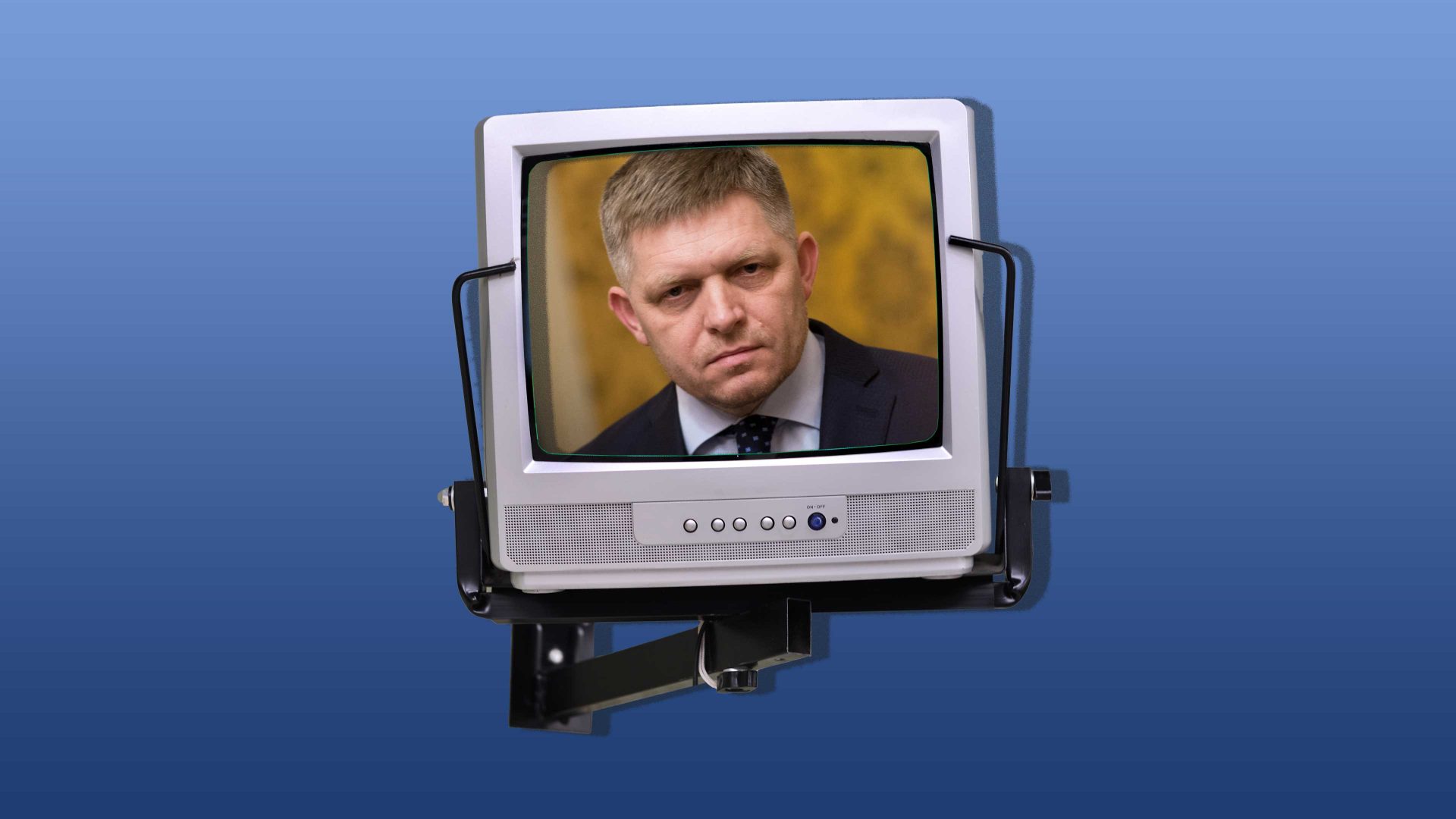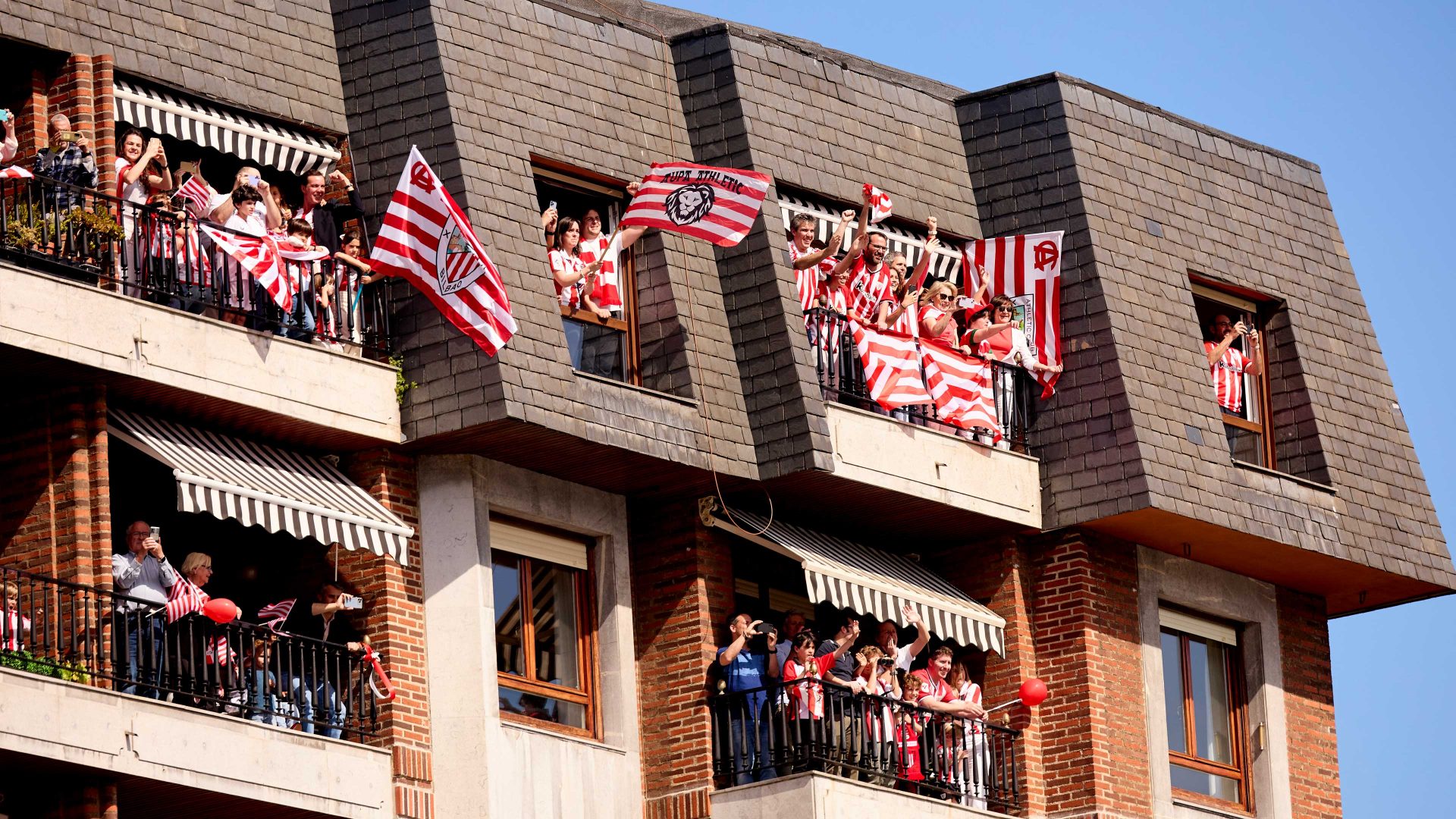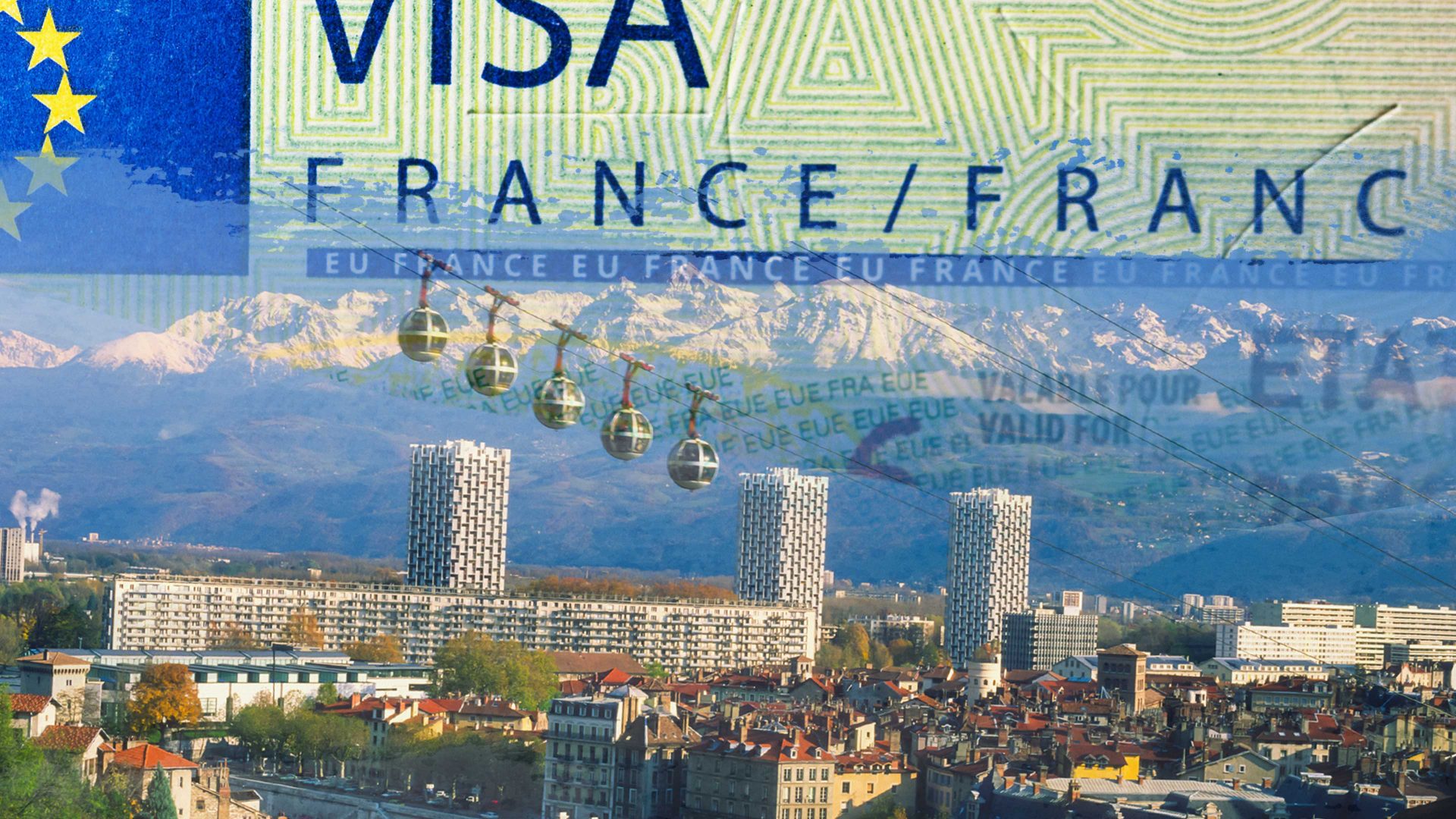Another day, another plan by the Slovak government of Robert Fico to undermine free society. This time they have the public service broadcaster “Radio and Television of Slovakia (RTVS)” in their crosshairs.
The populist prime minister wants to turn it into a state-controlled institution and give government a much greater say in its editorial content, especially in relation to news.
However, Fico’s media strategy goes wider than this: he has a public list of media outlets that, he has made clear, his party officials, members of parliament and the government, will not speak to.
The government takes inspiration from its southern neighbour, Hungary, where Viktor Orbán has controlled the public media for years and, through friendly oligarchs, also much of the private media.
It is worth noting that, back in 2006, when Orbán was growing in popularity and influence, there were street riots in Budapest, during which a mob broke into the public TV broadcaster, cutting transmission. The 2006 political crisis and protests against the “lying” socialist prime minister Ferenc Gyurcsány paved the way for Orbán’s election victory in 2010.
Tensions around public radio and television are not new to Slovak society and the latest proposal by the junior nationalist coalition partner, the Slovak National Party, is almost a throwback to the country’s repressive past.
Perhaps the darkest moment came during the reign of the authoritarian prime minister Vladimír Mečiar in the 1990s. At that time, television was his main propaganda outlet and the news broadcasts excelled in loyalty to the state party.
“This time it is different than in previous crises,” Miroslav Frindt, news anchor of our public TV broadcaster told me, because of the control it gives to government over who will lead the broadcaster – who will become the director. He has worked at the institution since 1998, when Mečiar’s government fell.
“According to the proposed law, political nominees of two governmental ministries will dominate the new council that ought to be selecting the director. The same political dominance will be true for the newly created content council for public media,” says Frindt.
“The atmosphere in the workplace is tough,” he said. “Employees are demotivated, without perspective, because no one knows what will happen and whether they will continue to work there if the new conditions are passed.”
There was, however, a slight reprieve, when the government decided to pause the process on the final decision about the law. The public broadcaster – RTVS – became a hot topic during the final phase of the recent presidential campaign, even with calls for a strike at RTVS during a rally in support of Ivan Korčok, the former diplomat and anti-Fico candidate.
At the end of his rally, attended by 10,000 supporters, Korčok carried a Slovak flag to the iconic upside-down pyramid of Slovak Radio studios.
Peter Pellegrini, a close ally of Robert Fico, eventually won the presidential election with 53.1% of the vote. Even with results this close – and which give a clear sign of Slovakia’s political polarisation – Fico and his allies continue to attack RTVS.
“I do not think there has been a moment in the history of public service media in Slovakia where we could witness such solidarity both among the employees and the public,” says Frindt.
Both RTVS employees and the public are enraged by this government crusade to crush our public broadcaster. They’ve got a fight on their hands.
Branislav Ondrášik reports for the Slovak daily SME



